Starting Polebeans Indoors to Beat the Heat
roamwhereiwant2
12 years ago
Related Stories
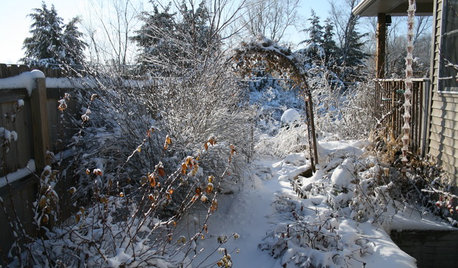
LIFE6 Ways to Beat the Winter Blahs
Snow and dark days dampening your spirits? These ideas will have you looking on the bright side
Full Story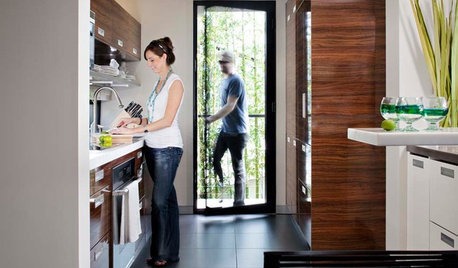
GREEN BUILDINGHow to Start Finding a Greener House
On the hunt for a more ecofriendly house? Here are the questions to ask and research to do
Full Story
FARM YOUR YARD6 Things to Know Before You Start Growing Your Own Food
It takes time and practice, but growing edibles in the suburbs or city is possible with smart prep and patience
Full Story
GARDENING GUIDES10 Tips to Start a Garden — Can-Do Ideas for Beginners
Green up your landscape even if you're short on time, money and knowledge, with these manageable steps for first-time gardeners
Full Story
GREAT HOME PROJECTSHow to Add a Radiant Heat System
Enjoy comfy, consistent temperatures and maybe even energy savings with hydronic heating and cooling
Full Story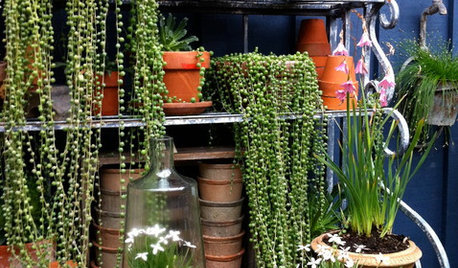
HOUSEPLANTSCascading Succulents Bring Fun Shapes to Your Indoor Garden
For eye-catching spillers with delicate beauty and minimal needs, it's hard to beat these 2 trailing houseplants
Full Story
HOUSEPLANTS8 Essentials for Healthy Indoor Plants
Houseplants add so much to our homes — and can thrive when grown in the right conditions. Keep these tips in mind
Full Story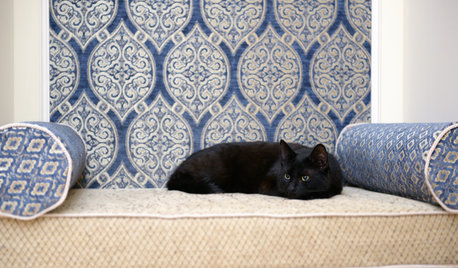
PETS10 Tips for Keeping Indoor Cats Healthy and Happy
It's National Cat Day: Ask not what your cat can do for you (because it will ignore you) but what you can do for your cat
Full Story
LIFEHow to Prepare for and Live With a Power Outage
When electricity loss puts food, water and heat in jeopardy, don't be in the dark about how to stay as safe and comfortable as possible
Full Story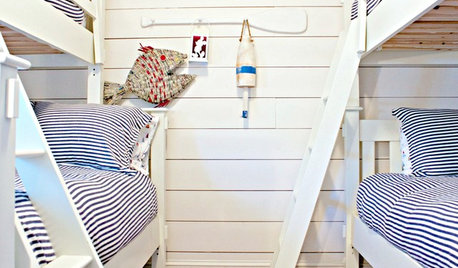
DECORATING GUIDES15 Ways to Get Your Home in a Summer Mood
Bask in the easygoing spirit of summer with breezy touches indoors and out
Full StorySponsored






rxkeith
zeedman Zone 5 Wisconsin
Related Professionals
New Bedford Landscape Architects & Landscape Designers · Graham Landscape Architects & Landscape Designers · Otsego Landscape Architects & Landscape Designers · Peabody Landscape Contractors · Wilmington Landscape Contractors · Euclid Landscape Contractors · Hayward Landscape Contractors · Marlborough Landscape Contractors · Oak Harbor Landscape Contractors · South Hackensack Landscape Contractors · Waltham Landscape Contractors · Fredericksburg Decks, Patios & Outdoor Enclosures · Hot Springs Village Decks, Patios & Outdoor Enclosures · Sugar Land Decks, Patios & Outdoor Enclosures · Wentzville Decks, Patios & Outdoor Enclosuresfusion_power
roamwhereiwant2Original Author
roamwhereiwant2Original Author
roamwhereiwant2Original Author
cindy_eatonton
roamwhereiwant2Original Author
cindy_eatonton